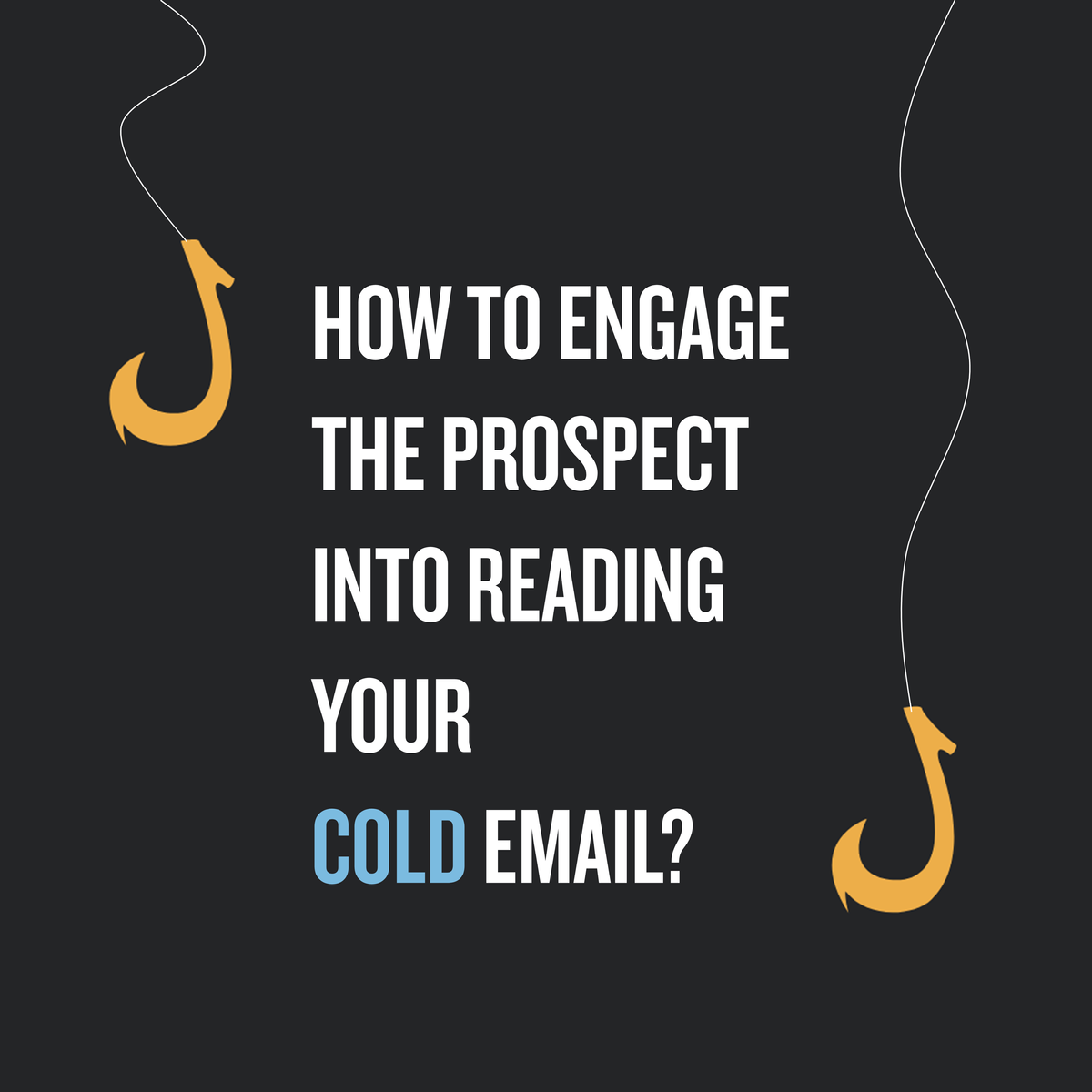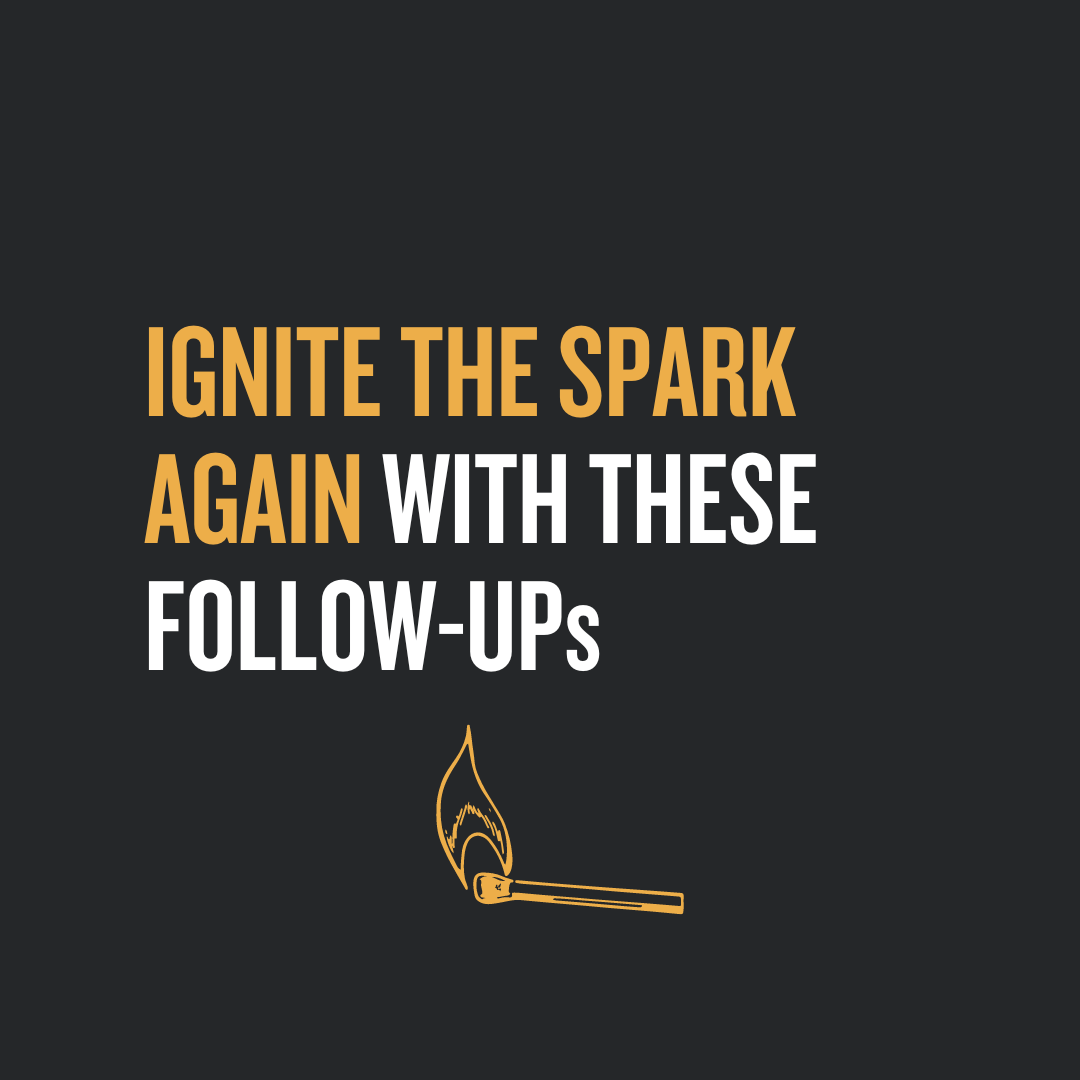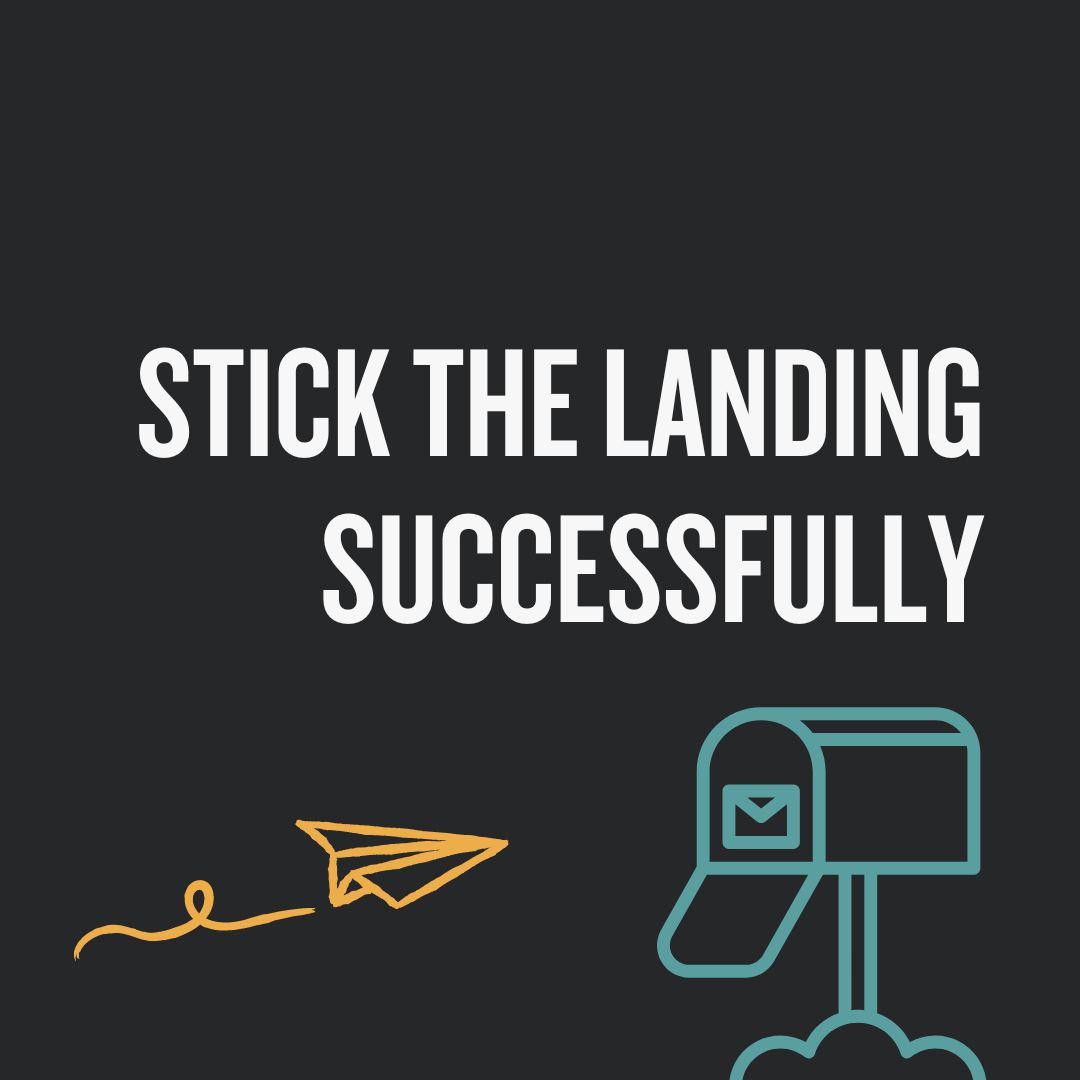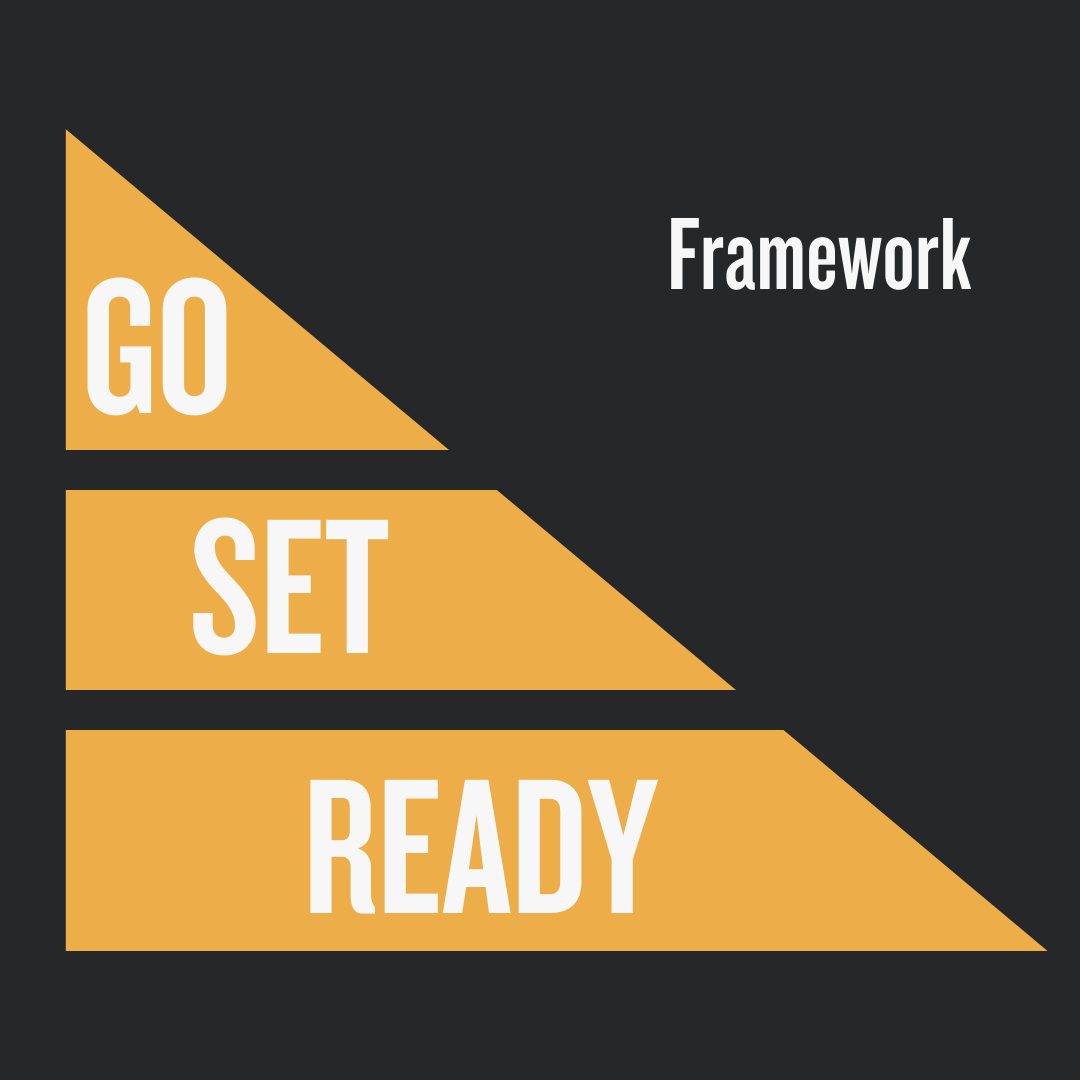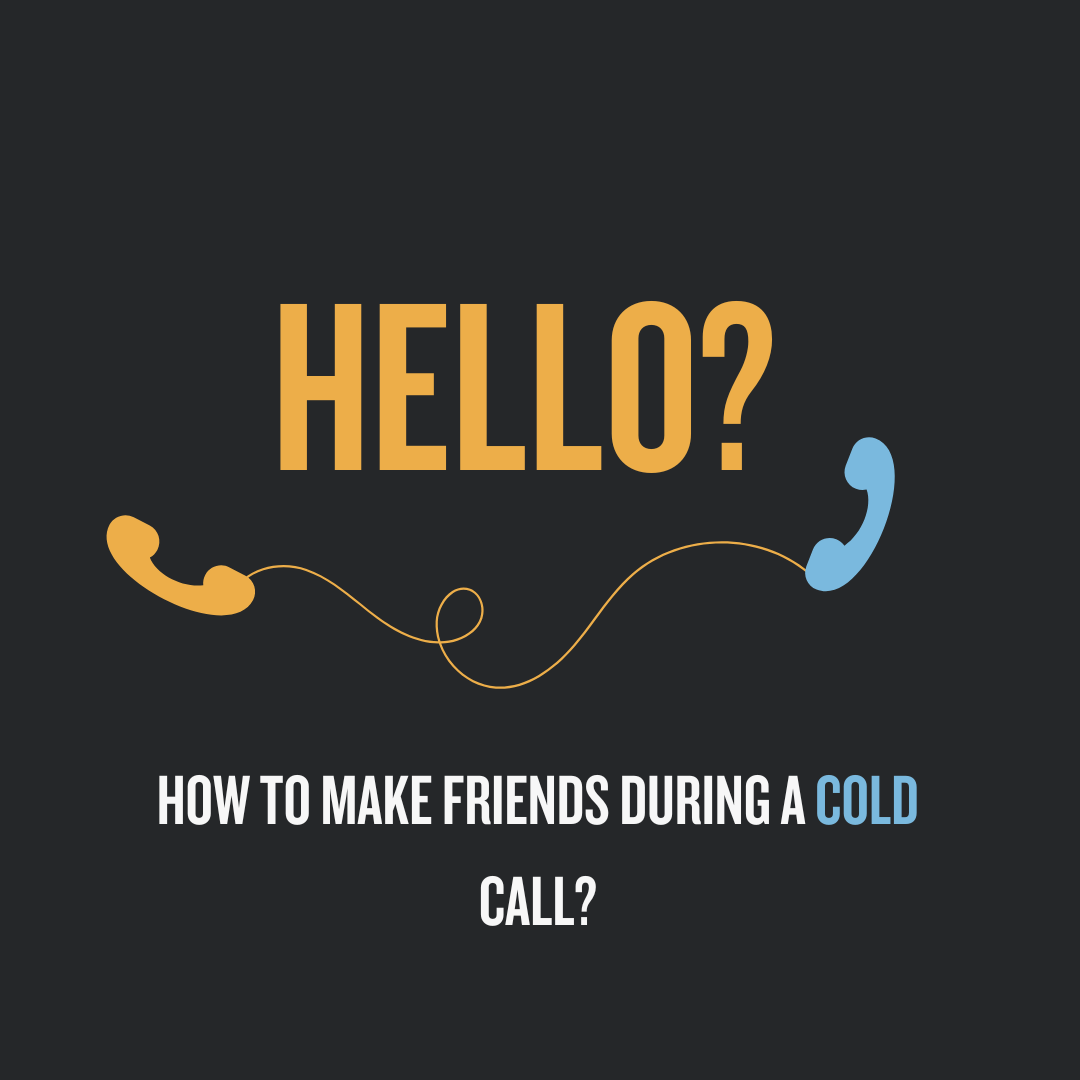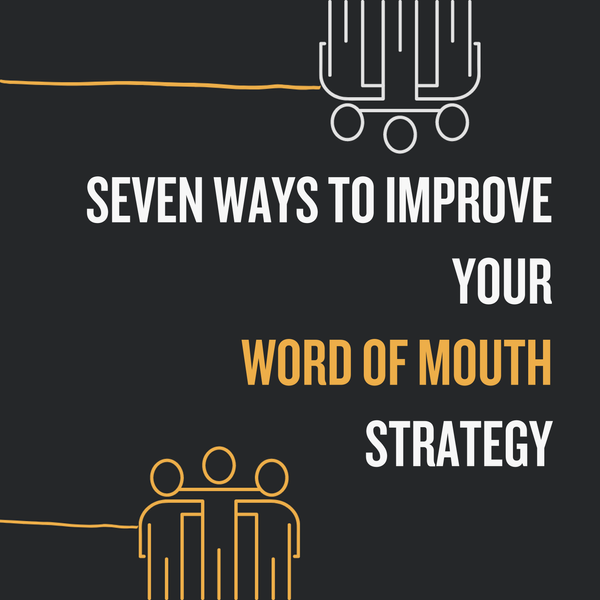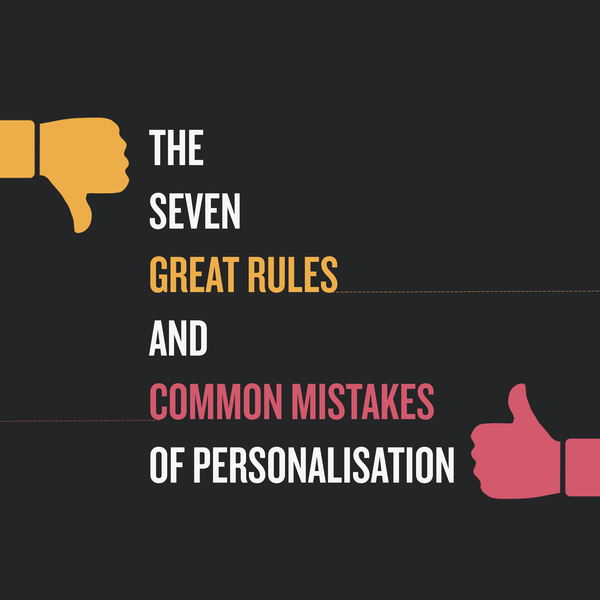There is always a debate about what is the most effective force behind cold email outreach: relevance or personalization. Some people state that relevance is all that is needed to reach out and some say that personalization is the key to successful outreach. There is a partial truth behind both of these statements but let’s dive deeper, shall we?
Personalization means tailoring your value proposition for a specific customer but would you tailor something that solves a problem that a prospect doesn't even have? The answer is an absolute no.
And would your relevant but not personalized outreach be able to get attention? I don't think so either.
You see that’s the thing people tend to overlook: If you personalize email without being relevant – people will read it and maybe even respond but they won’t buy because the product is not relevant to them. And if your product is relevant but the offer is not personalized - the prospect can just simply miss your offer in the sea of similar emails.
The truth is, we need both personalization and relevance to create a unique and efficient cold email. So instead of choosing between two options, I offer you to stick with both and in this article, I will show you how.
Worksheets are available to download later below.
PART 1. Create a “hook” to carry your logic from the beginning to the end of your email
The “hook” is a string that ties the whole email together in a logical and natural flow connecting your prospect to your value proposition & call to action. This technique will be the driving force behind your outreach that will successfully tie relevance to your personalization.
To create said “hook” you need to do three important steps:
Step 1: Tie your words to a personalized intro.
The intro is the main part of your email and will start the whole personalized sequence. In the intro, you need to use personal information and turn it into an attractive starting point that later ties in with the body of our email.
So basically in the intro, you are just planting the seeds on which you can create a hook that connects with your value proposition. You can do that by tying 2 -3 words from the end of your intro to align it with the start of the second paragraph (the body of your email).
Example: Rex,
Read your book and love it! The way you simplified outbound sales is just genius. As Einstein said, if you can't explain it simply, you don't understand it well enough. In your recent post on LinkedIn, you recommend saying something specific about YOU or about ME to stand out in your next ad or cold email…
Step 2: Navigating your way back to their buyer’s persona and what they care about
In this step, we are moving from the intro to the body of your email, where the main action of the hook technique takes place. Here you need to understand your buyer’s persona. What does your prospect care about? What do they want and how can you/your product help them with it?
As I said before, you planted the seeds and now you have an opportunity to hook your value proposition. You can do it by continuing the thought you started in the last part of the intro. Here you want to state one chief thing that your prospect (their buyer persona) cares about in relation to your product.
There are two primary ways to connect the intro to your value proposition, but we will go deeper into those details in the second part of the article (Use one of the two case scenarios to actually hook your value proposition).
Example: A hack that I recommend is to use your customer’s words to write an ad or cold email. It helps to maximize relevancy and ensure you only use words that resonate with prospects. It also saves hours on copy creation…
Step 3: Stating the one chief thing that the buyer persona typically cares about
The last step of the hook takes place in the second half of the body. You planted the seeds in the intro, continued the thought in the first half of the body and now you are ready to write down your punchline. You can do that by mapping out the outcome of purchasing your product.
Example: I would like to show you how this hack could help you and your team save hours on copy creation. If you are not impressed, I promise I won’t blow up your inbox with follow-ups.
Does this sound worth exploring?
So, if you know your buyer’s persona well - then creating an area for a hook won’t be a problem for you. You just plant the seed of your offer in the intro, carry your thought to the first part of the body of the email, and then cement it with the second part of the body.
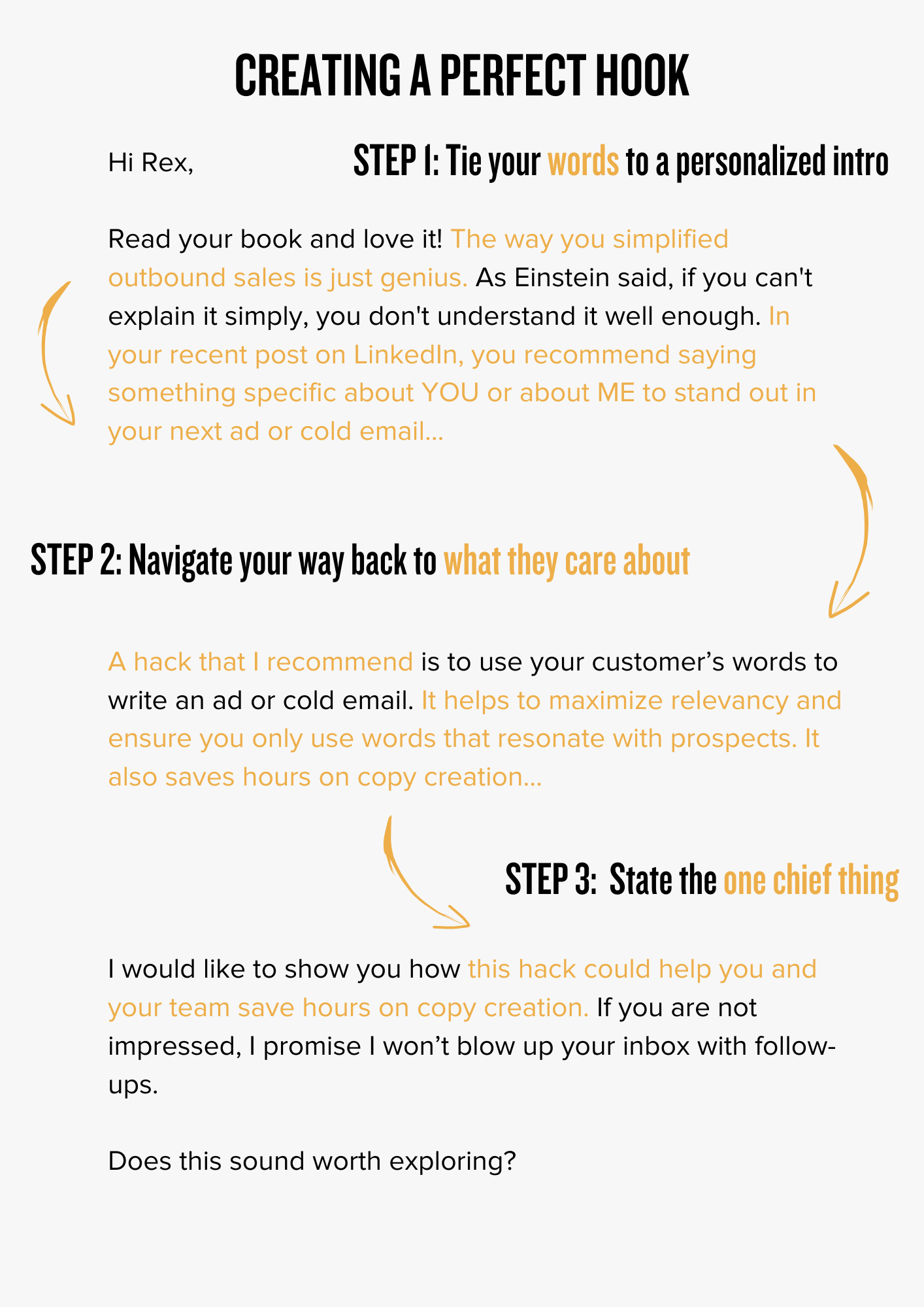
PART 2. Use one of the two scenarios to actually hook your value proposition
To create your hook you need personalized information and here can be two case scenarios: you either have the prospect’s words to hook on or you don't.
By prospect’s words I mean information that they put out there by themselves, for example, their posts on LinkedIn, their profile line, or their comments on someone else's content. So, you either have this kind of information or you are without it. But don't worry, either way, you have a good chance to create a hook, and here is how you can do that:
First scenario: Hook on actual words
If you have information and actual words from your prospects, then there are three ways to hook them:
- what if you could...
- imagine you could...
- I have an idea of how you could...
Remember, you put this part in the third step of your hook after the intro and continuation of the thought.
Example: Imagine if you could save hours on copy creation.…
What if I told you, to save hours on copy creation…
I have an idea of how you could save hours on copy creation…
Second scenario: Hook without actual words
Hooking without actual words isn’t as difficult as you might think. In this scenario you need to follow a two-step process that will create a nice engaging hook:
Step 1: You want to create a hook, to then hook into
You need something to hook on to and if you don't have the actual words, then you need to assume those based on the buyer’s persona. Remember, the worst thing you can do is to put words in the prospect’s mouth, so you need to be ahead of any arguments by stating, that you are not entirely sure about your next words and you are open to correcting them:
- I imagine that…
- Correct me If I'm wrong…
Example: I imagine that gathering paperwork, and fact-checking information can take up to 2 hours a day…
Correct me if I’m wrong but gathering paperwork, and fact-checking information can take up to 2 hours a day…
Step 2: Hook your words with the following phrases.
Well, now you have the words right? So you can repeat the process like in the first case scenario using the following phrases:
- what if you could…
- imagine you could...
- I have an idea on how you could…
Being relevant and personalized - is the key to successful outreach. Don't choose one when you can tie both and use them to your benefit. If you want to be relevant and stand out with personalized email then try out the hook technique!
Learn more about the four main components of personalization in this article.


